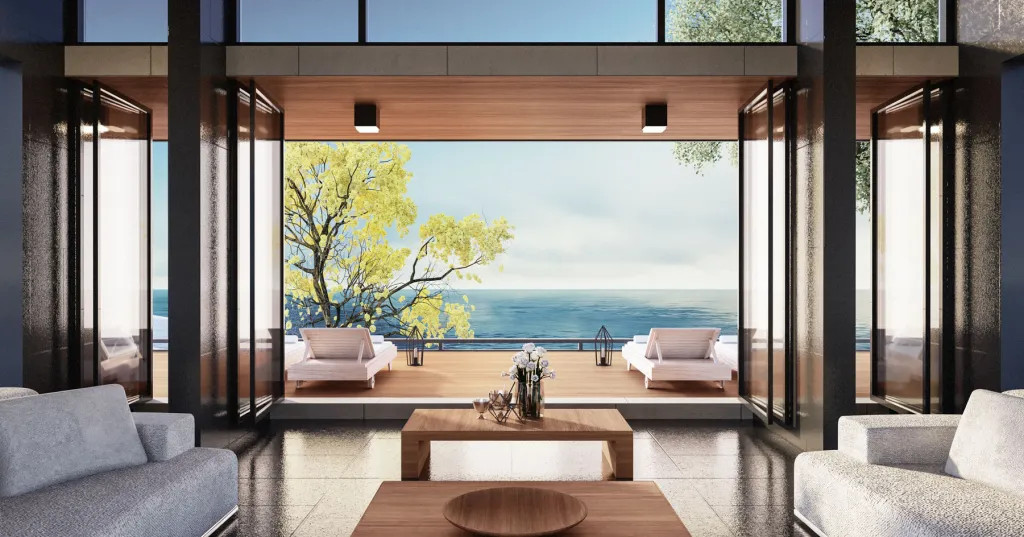You are viewing our site as an Agent, Switch Your View:
Agent | Broker Reset Filters to Default Back to ListThe Rise of Luxury Apartments During an Affordable Housing Crisis
August 02 2023
 The demand for luxury apartments has been on the rise in recent years, with cities across the U.S. filling up with high-end rental properties. According to a CNBC report, more and more people are willing to pay top dollar for apartments that offer modern amenities and a prime location.
The demand for luxury apartments has been on the rise in recent years, with cities across the U.S. filling up with high-end rental properties. According to a CNBC report, more and more people are willing to pay top dollar for apartments that offer modern amenities and a prime location.
The rise of luxury apartments and their impact
In the last two decades, luxury homes went from representing just one-third of new apartments to now more than 50% for this year. One example of the trend is in Austin, Texas, where luxury apartments are growing even more upscale. According to Axios, some of the newest buildings boast features such as rooftop pools and outdoor fireplaces. These amenities come at a cost, with some one-bedroom apartments costing nearly $5,000 per month in rent.
While luxury apartments are popping up more and more, the same cannot be said for affordable housing. A report from VICE notes that even though apartment construction has reached a record 50-year-high, the amount of affordable units has decreased. Places like Ohio and Michigan previously had the largest shares of low-rent units are also starting to lose them.
This trend has led to concerns about affordable housing and the growing wealth gap in America. Many Americans are struggling to pay rent on even modest apartments, let alone luxury ones, with more than 21 million renters paying over 30% of their income toward rent.
While luxury apartments may be in high demand in some areas, it is clear that there is a need for more affordable housing options as well. As cities continue to grow and change, it's important to find ways to balance the needs of all residents.
Potential solutions for affordable housing
One potential solution to the affordable housing crisis is the implementation of inclusionary housing policies. These policies require developers to set aside a certain percentage of units in new buildings for low- and moderate-income renters. In return, developers may be given incentives such as taxes waived for 10 years.
Another solution is the expansion of public housing programs. While public housing has long been stigmatized in the U.S., it can be a critical lifeline for low-income renters who are struggling to find affordable options. By increasing funding for public housing and improving the quality of existing units, cities can help ensure that all residents have access to safe, affordable housing.
Finally, there is a growing movement to establish community land trusts. How they work is someone buys a house that sits on land owned by the community land trust, typically a nonprofit organization. The home price is more affordable because the person only buys the home, not the land. If the homeowner sells the place, they agree to do so at a restricted price to keep it affordable in perpetuity. This can help ensure that affordable housing options are available in areas where gentrification may be driving up prices and can also help prevent the displacement of low-income residents.
While these solutions are not without challenges, they represent potential paths forward for addressing the affordable housing crisis.
To view the original article, visit the Rental Beast blog.









